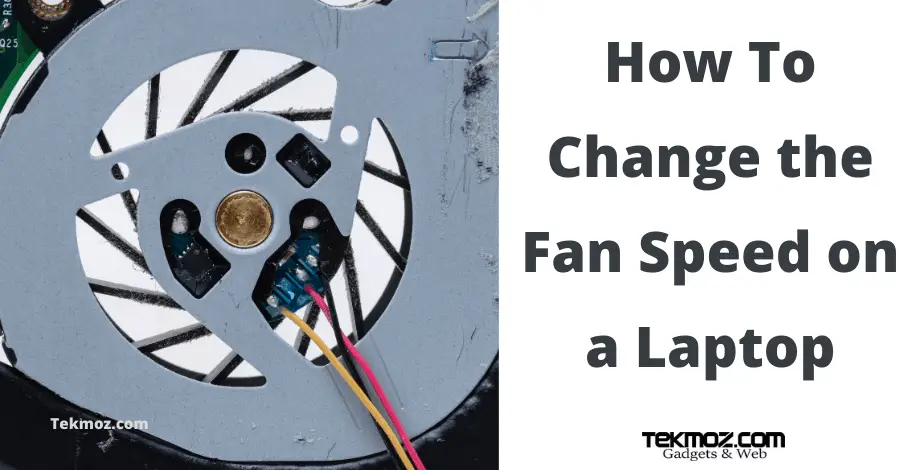Laptop Repair Training Course – How to solder
A quick guide to soldering
Safety First!
- Never touch the element or tip of the soldering iron.?
They are very hot (about 400°C) and will give you a nasty burn. - Take great care to avoid touching the mains flex with the tip of the iron.?
The iron should have a heatproof flex for extra protection. An ordinary plastic flex will melt immediately if touched by a hot iron and there is a serious risk of burns and electric shock. - Always return the soldering iron to its stand when not in use.?
Never put it down on your workbench, even for a moment! - Work in a well-ventilated area.?
The smoke formed as you melt solder is mostly from the flux and quite irritating. Avoid breathing it by keeping you head to the side of, not above, your work. - Wash your hands after using solder.?
Solder contains lead which is a poisonous metal.
What you need to know first…
- Allow soldering iron to heat for 5 to 10 minutes prior to using.
- Low wattage (15-40 watt) soldering irons work best for soldering components on circuit boards while more powerful (60-140 watt) soldering irons work well joining thicker materials like braided speaker wire. If you use too powerful of a soldering iron on a circuit board you might damage the components you are trying to join. I like to keep a low-wattage iron around for detail work, and a high-wattage iron that I can use when I am not too concerned about exposing the material I am working with to high temperatures. It’s a real pain to solder thick wires without a powerful soldering iron.
- The use of lead in solder is now increasingly prohibited in many countries. “Lead free” solder is now statutory instead.
- WORK CLEAN – A joint which is poorly formed is often called a “dry joint”. Usually it results from dirt or grease preventing the solder from melting onto the parts properly, and is often noticeable because of the tendency of the solder not to “spread” but to form beads or globules instead, perhaps partially. Alternatively, if it seems to take an inordinately long time for the solder to spread, this is another sign of possible dirt and that the joint may potentially be a dry one.
- Solder – tin/lead, melts at 340 degrees more tin the more the melting temp. Smaller the size the quicker it melts.
Solder
There are lots of kinds of solder available. They come in different thicknesses from around .02″ to some really thick stuff you would only use on copper pipe with a butane torch. Thin solder has been designed for detailed work like putting resistors onto circuit boards and thicker solder for joining larger materials like speaker wire. I use solder around .025″ for most jobs. Most solder is made from a combination of tin and lead – it’s about a 60% tin, 40% lead mix depending on what solder your using. Recent international health codes from Japan and the mandate that lead solder be phased out of certain commercial products and substituted with a lead-free alternative.
Flux
Solder for electronics use contains tiny cores of flux, like the wires inside a mains flex. The flux is corrosive, like an acid, and it cleans the metal surfaces as the solder melts. This is why you must melt the solder actually on the joint, not on the iron tip. Without flux most joints would fail because metals quickly oxidise and the solder itself will not flow properly onto a dirty, oxidised, metal surface. When you first melt solder the smoke you see if caused by flux burning away.
‘Tinning the bit’
Pre-tin the soldering iron for better conductivity. Just the very tip and if you get a droplet forming – clean it off. This is done mainly to improve the thermal contact between the soldering iron and the joint so that the solder will flow more quickly and easily. It’s sometimes better to tin larger parts as well before making the joint itself, but it isn’t generally necessary with small circuit board work.
You can pre-tin wires to help soldering together also.
[color-box]
How to Solder
Preparing the soldering iron:
- Place the soldering iron in its stand and plug in.
The iron will take a few minutes to reach its operating temperature of about 400°C. - Dampen the sponge in the stand.
The best way to do this is to lift it out the stand and hold it under a cold tap for a moment, then squeeze to remove excess water. It should be damp, not dripping wet. - Wait a few minutes for the soldering iron to warm up.
You can check if it is ready by trying to melt a little solder on the tip. - Wipe the tip of the iron on the damp sponge.
This will clean the tip. - Melt a little solder on the tip of the iron.
This is called ‘tinning’ and it will help the heat to flow from the iron’s tip to the joint. It only needs to be done when you plug in the iron, and occasionally while soldering if you need to wipe the tip clean on the sponge.
You are now ready to start soldering:
- Hold the soldering iron like a pen, near the base of the handle.
Imagine you are going to write your name! Remember to never touch the hot element or tip. - Touch the soldering iron onto the joint to be made.
Make sure it touches both the component lead and the track. Hold the tip there for a few seconds and… - Feed a little solder onto the joint.
It should flow smoothly onto the lead and track to form a volcano shape as shown in the diagram. Apply the solder to the joint, not the iron. - Remove the solder, then the iron, while keeping the joint still.
Allow the joint a few seconds to cool before you move the circuit board. Inspect the joint closely.
It should look shiny and have a ‘volcano’ shape. If not, you will need to reheat it and feed in a little more solder. This time ensure that?both?the lead and track are heated fully before applying solder.
[/color-box]
Troubleshooting Guide
- Solder won’t “take” – grease or dirt present – desolder and clean up the parts. Or, material may not be suitable for soldering with lead/tin solder (eg aluminium).
- Joint is crystalline or grainy-looking – has been moved before being allowed to cool, or joint was not heated adequately – too small an iron/ too large a joint.
- Solder joint forms a “spike” – probably overheated, burning away the flux.
If you are unlucky (or careless!) enough to burn yourself:
First Aid for Burns
Most burns from soldering are likely to be minor and treatment is simple:
- Immediately cool the affected area under gently running cold water.
Keep the burn in the cold water for at least 5 minutes (15 minutes is recommended). If ice is readily available this can be helpful too, but do not delay the initial cooling with cold water. - Do not apply any creams or ointments.
The burn will heal better without them. A dry dressing, such as a clean handkerchief, may be applied if you wish to protect the area from dirt. - Seek medical attention if the burn covers an area bigger than your hand.
To reduce the risk of burns:
- Always return your soldering iron to its stand immediately after use.
- Allow joints and components a minute or so to cool down before you touch them.
- Never touch the element or tip of a soldering iron unless you are certain it is cold.


